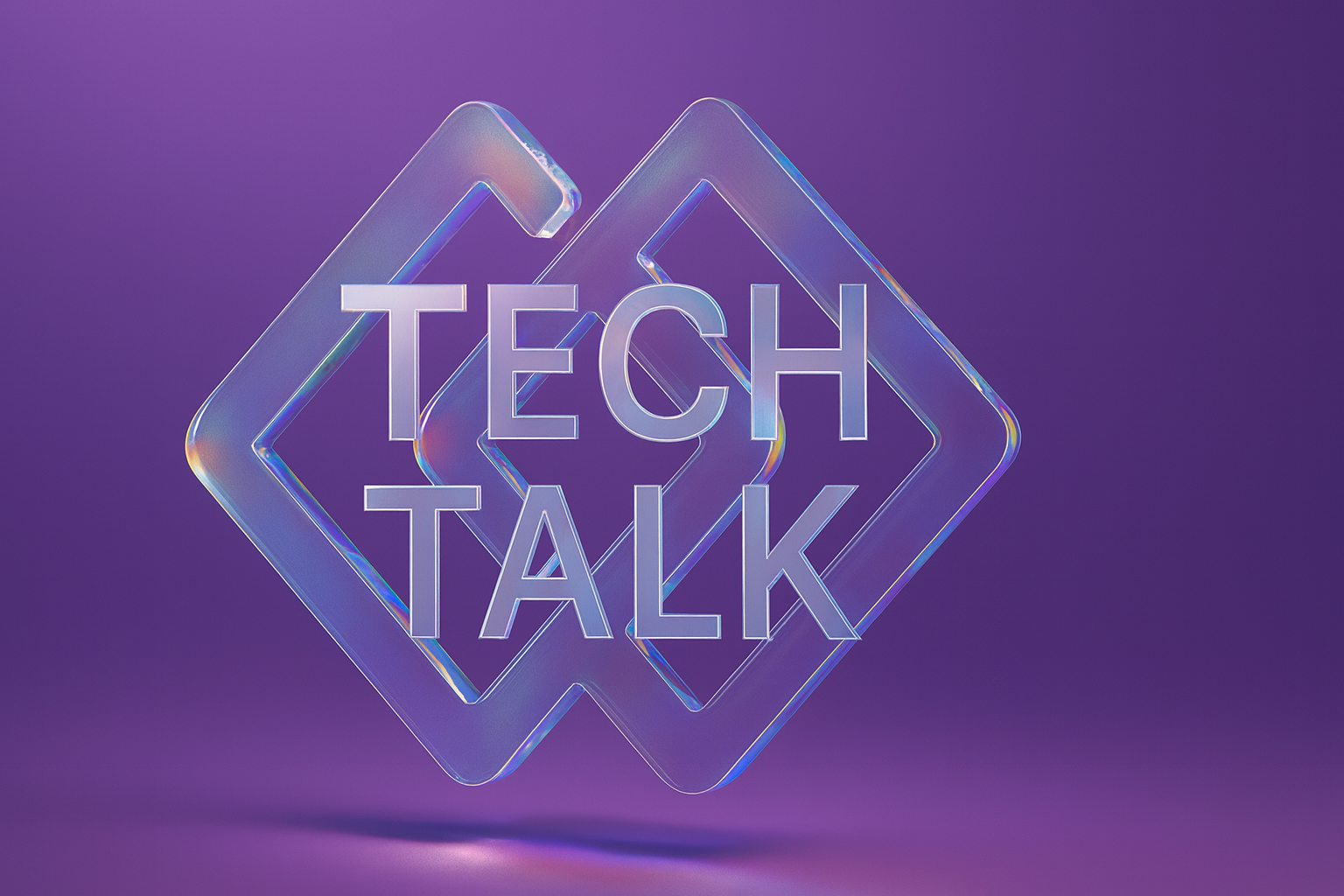Nurses spend up to 35% of their shifts on documentation—a critical but time-consuming task that takes them away from direct patient care. While meticulous record-keeping is essential in healthcare, dedicating nearly half a shift to paperwork limits the time available for hands-on patient interactions.
AI, particularly generative AI in healthcare, is changing that. With AI-driven tools, nurses can generate reports, plan patient care, and analyze data in a fraction of the time, reducing administrative burdens and freeing them to focus on personalized, high-quality care—which ultimately leads to better patient outcomes.
Understanding AI’s growing role in nursing reveals not only its immediate benefits but also its broader impact on efficiency, patient experience, and the future of healthcare.
Benefits of AI in Nursing
AI is revolutionizing nursing by boosting efficiency, reducing administrative workloads, and enhancing patient care. While AI has a wide range of applications, its benefits depend on how and where it’s used.
Here are some key ways AI is making a difference in nursing.
- Improved Patient Outcomes: AI's predictive capabilities allow nurses to identify potential health issues early, leading to timely interventions and better prognoses.
- Increased Efficiency: By automating routine tasks, AI reduces the administrative burden on nurses. This means more time for patient interaction and less time on paperwork.
- Enhanced Data Management: Think of AI as a highly efficient filing system for electronic health records (EHRs). It doesn't just store data—it processes and analyzes vast amounts of information quickly, helping nurses personalize patient care with ease.
- Enhanced Safety: AI can forecast potential complications, allowing for preventive measures that contribute to a safer clinical environment.
- Cost Reduction: Optimizing resource allocation and minimizing errors with AI improves care and reduces healthcare costs—a win-win scenario. The role of AI in healthcare cost reduction is becoming increasingly significant as organizations seek to streamline operations.
- Continuous Learning: AI systems learn and adapt over time, continually improving healthcare delivery and staying up-to-date with the latest medical guidelines.
Types of AI Technologies in Nursing
Just as each nurse is trained to perform specific duties, the development of AI in nursing requires a custom approach. Still, general types of AI tools exist in nursing. Here are the common AI technologies in nursing:
1.Clinical Decision Support Systems
Picture having an expert consultant by your side at all times—this is what Clinical Decision Support Systems (CDSS) offer. By processing data from EHRs and other sources, CDSS provides evidence-based insights that aid nurses in making informed decisions.
For example, if a patient is at risk of readmission or medication errors, the system alerts the nurse, allowing for timely interventions. In practice, if CDSS flags that a post-surgery patient could develop an infection, nurses can initiate additional monitoring or adjust treatment plans accordingly.
2.Virtual Nursing Assistants
Imagine having a reliable assistant who handles routine tasks and is available around the clock. Virtual Nursing Assistants (VNAs) like "Molly" from the Sensely platform do just that. They interact with patients via voice or text, managing inquiries, reminding them about medications, and even conducting symptom checks.
This alleviates the workload for nurses and ensures patients receive consistent support. VNAs are streamlining healthcare operations, allowing nurses to dedicate their time to more complex patient needs.
3.Predictive Analytics
Predictive analytics is like having a crystal ball for patient health. By analyzing historical data, AI can forecast potential health issues, such as the risk of hospital readmission or the onset of sepsis.
With these insights, nurses can develop proactive care plans, ensuring interventions happen before problems escalate. Using predictive analytics in nursing provides a powerful tool for improving patient outcomes. When combined with CDSS, predictive analytics offers a comprehensive toolset for evidence-based decision-making.
4.Robotic Process Automation
Robotic Process Automation (RPA) takes over repetitive administrative tasks—think of it as the autopilot for paperwork. By handling scheduling and patient record management, RPA frees up nurses to focus on patient care. This optimization not only enhances efficiency but also reduces the potential for human error in administrative processes.
5.Smart Wearables
Smart wearables are the new front line in patient monitoring. Devices that track vital signs like heart rate and blood pressure give nurses real-time data about a patient's condition. If something unusual happens, healthcare providers are alerted immediately, allowing for swift action. Beyond monitoring, these devices engage patients in their own health management, promoting a collaborative approach to care.
By embracing these AI technologies, nursing can evolve to meet the demands of modern healthcare. These tools don't replace the critical thinking and empathy that nurses provide but rather enhance their ability to deliver high-quality, personalized care.
AI’s Impact on Patient Care and Nursing Workloads
Nursing is deeply personal, and the human touch is irreplaceable in patient recovery. While AI is reshaping the profession, its impact on patient care and workloads comes with both benefits and challenges.
Here’s a closer look at how AI is changing the nursing landscape:
Enhancements in Patient Diagnosis and Treatment
AI has significantly improved the speed and accuracy of patient diagnoses and treatment plans. By rapidly analyzing vast amounts of data—from EHRs to lab results and medical images—AI systems can detect patterns and anomalies that might be overlooked in manual reviews. This means conditions can be identified earlier, and treatment can begin sooner.
For instance, a common application of AI in healthcare is diagnostics. AI algorithms in medical imaging can highlight areas of concern on scans, assisting radiologists in making more accurate diagnoses. This collaboration between AI and healthcare professionals leads to better patient outcomes.
Similarly, AI's predictive analytics can foresee potential health issues, allowing nurses to implement preventative measures. It's like having a weather forecast for patient health—enabling caregivers to prepare and respond proactively.
Operational Efficiencies and Workload Management
One of the biggest challenges in nursing is the administrative burden that takes time away from patient care. AI automates tasks such as scheduling, data entry, and medication reminders.
This doesn't just save time—it reduces the likelihood of human error in these processes.
With AI handling these routine tasks, nurses can devote more attention to their patients, improving the quality of care. Additionally, AI-powered tools can assist in resource allocation, ensuring that the right staff and equipment are available when needed. This application of AI in hospital resource management enhances efficiency and patient care.
Robotic Process Automation (RPA) further enhances efficiency by streamlining workflows, making day-to-day operations smoother. This level of support is particularly valuable in high-pressure environments where every second counts.
Work-Life Balance for Nurses
By reducing tedious administrative tasks, AI contributes to a healthier work-life balance for nurses. Less time spent on paperwork means more time for patient interaction and, importantly, more time to recharge off the clock. This can lead to decreased burnout rates and higher job satisfaction.
AI technologies like virtual nursing assistants also provide support during off-hours, ensuring patient needs are met without overextending the nursing staff. This balance is essential for maintaining a sustainable and satisfied workforce.
While AI brings remarkable advancements to patient care and nursing workloads, the essence of nursing remains rooted in human compassion and critical thinking. AI is a powerful tool that, when used thoughtfully, enhances nurses' capabilities and the quality of care they provide.
AI in Nursing: Real-World Applications
The best way to understand AI’s impact on nursing is through real-world success stories. Many healthcare institutions have integrated AI into their workflows, improving efficiency, reducing administrative burdens, and enhancing patient care.
Here are some standout examples of AI in action.
AI in Cancer Care
Early detection and personalized treatment are paramount in the fight against cancer. AI has stepped up as a powerful ally by enhancing the accuracy of diagnoses and tailoring treatments to individual patients.
For instance, AI algorithms in medical imaging analyze MRI and CT scans with incredible precision, often detecting subtle anomalies that might escape the human eye. This early detection is crucial, as it can significantly improve patient outcomes.
Additionally, AI helps oncologists develop personalized treatment plans by analyzing a patient's genetic information and medical history. This means therapies can be more targeted, increasing their effectiveness while reducing side effects. In one study, AI-assisted treatment planning significantly improved success rates and patient satisfaction.
AI in Operations
AI is improving clinical outcomes and transforming the operational side of healthcare. Hospitals are using AI to optimize scheduling, staffing, and resource allocation. For example, AI systems can predict patient admission rates using historical data and trends, allowing hospital administrators to adjust staffing levels proactively. This means better-prepared teams and improved patient care.
Additionally, automating administrative tasks such as appointment scheduling and billing frees up valuable time for healthcare professionals. AI can also manage inventory, predicting when supplies run low and ordering them automatically. This ensures that critical supplies are always available, reducing costs associated with last-minute orders or stockouts.
The key to success in these operational applications is seamless integration and staff training. To fully realize their benefits, team members must understand and trust these AI systems.
Navigating the Ethical Challenges of AI in Nursing
Nursing is deeply personal, making AI integration a delicate balance between innovation and ethics. Concerns around data privacy, algorithmic bias, and trust are valid—but they shouldn’t be barriers to progress.
With the right safeguards in place, AI can enhance nursing care without compromising ethics or patient trust.
Here’s what to consider:
Data Privacy and Security
Patient data is the lifeblood of AI in healthcare, but it must be handled with the utmost care. Concerns arise when private entities access patient information without proper consent or oversight.
To address these challenges, healthcare organizations must implement robust data protection measures, including encryption, strict access controls, and regular audits.
Innovative approaches are also emerging for enhancing data privacy with AI, such as using AI algorithms that protect patient information while analyzing data. Regulations like HIPAA and GDPR provide frameworks, but proactive efforts are essential to maintain trust.
Algorithmic Bias and Fairness
AI systems are only as good as the data they're trained on. If that data is biased, the AI's decisions will be too. This can lead to disparities in healthcare outcomes for different demographic groups.
For instance, an AI tool might not accurately diagnose conditions in underrepresented populations due to a lack of diverse data.
To combat this, organizations need to ensure their datasets are diverse and representative. It is crucial to regularly test and audit AI algorithms for bias. Transparency in how AI systems make decisions also helps build trust and allows for accountability.
Trust and Accountability
For AI to be effectively integrated into healthcare, patients and professionals must trust these systems. Transparency is key—stakeholders should understand how AI tools work and how decisions are made.
Establishing clear accountability when errors occur is also essential. Is it the AI developer, the healthcare provider, or the institution that's responsible? Defining these roles helps in addressing issues promptly and fairly.
Patient Autonomy and Consent
Patients have the right to know how their data is used and consent to that use. This includes being informed about the use of AI in their care. Healthcare providers should communicate clearly about AI's role, ensuring patients understand and feel comfortable with these technologies. Consent isn't a one-time checkbox but an ongoing dialogue.
In navigating these ethical considerations, healthcare leaders are pivotal in setting policies and fostering a culture prioritizing patient rights and safety while embracing innovation.
Harnessing AI in Nursing: Balancing Innovation with Compassion
AI is transforming nursing—streamlining workflows, enhancing diagnostic accuracy, and enabling more personalized patient care. From predictive analytics that anticipate health risks to virtual assistants handling routine tasks, AI is reshaping the field in ways that empower nurses to focus on what matters most: compassionate, patient-centered care.
But technology should complement, not replace, the human touch. As AI adoption grows, leaders must take a balanced approach, ensuring innovation is guided by ethics, patient privacy, and professional training. Investing in continuous education equips nurses with the confidence and skills to use AI effectively, maximizing its benefits while preserving the core values of healthcare.
Integrate AI with Confidence and Care
Successfully integrating AI in nursing requires more than just adopting new technology—it demands a strategic, ethical approach that enhances rather than overshadows human expertise. At Tribe AI, we help healthcare leaders navigate AI’s complexities, ensuring its implementation strengthens, rather than disrupts, patient care. Let’s build a future where AI enhances nursing, improves patient care, and empowers medical professionals to deliver their best work.













